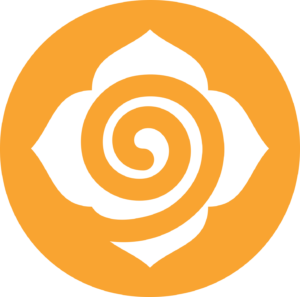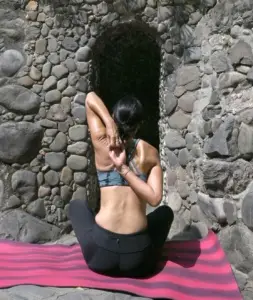
Insomnia, characterized by difficulty falling asleep or staying asleep, can significantly impact overall health and well-being. Mindfulness offers a gentle and effective approach to promoting relaxation, reducing stress, and improving sleep quality. By incorporating specific mindful poses, breathing techniques, and relaxation practices, individuals suffering from insomnia can create a bedtime routine that encourages restful sleep and rejuvenation.
Benefits of Insomnia Therapy:
Considerations before Starting:
Mindful Poses for Insomnia:
Breathing Exercises for Insomnia:
Mindful Practice for Insomnia:
Summary with Tips:
By integrating these mindful poses, breathing exercises, and meditation techniques into your bedtime routine, you can effectively manage insomnia and improve sleep quality naturally. These practices offer a holistic approach to relaxation, stress reduction, and overall well-being, promoting restful sleep and rejuvenation.

GoInwards is an IRS 501(c)(3) Non-Governmental Organization (NGO), chartered to advance wellness through integrative health related awareness, prevention, intervention, and resilience-based educational programs.
FEIN 90-0609802